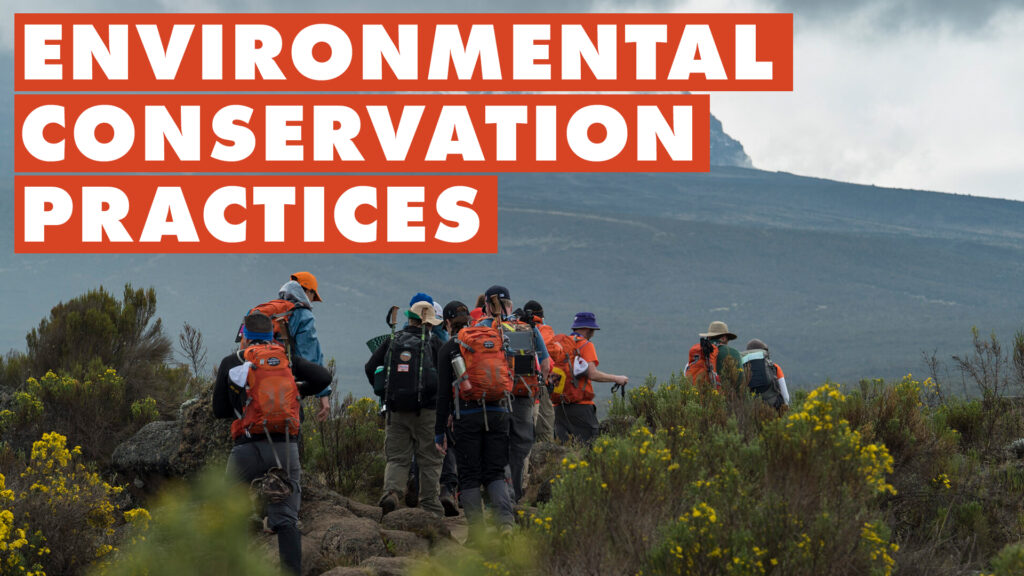
Climbing Mount Kilimanjaro in Tanzania is a privileged opportunity to witness one of the world’s natural wonders. However, this adventure comes with a responsibility to preserve the pristine environment for future generations. This essay delves into the significance of environmental conservation practices and the Leave No Trace principle in the context of ascending Kilimanjaro.
The Fragile Ecosystem of Kilimanjaro
Mount Kilimanjaro is a UNESCO World Heritage Site and harbors a unique ecosystem that ranges from tropical rainforest to alpine desert. This delicate balance is particularly vulnerable to human impact. The introduction of foreign species, trampling of vegetation, and improper waste disposal can have lasting repercussions on the flora and fauna.
Leave No Trace Principle
The Leave No Trace principle is a set of ethical guidelines that promote responsible outdoor activities. When applied to climbing Kilimanjaro, it emphasizes minimizing one’s impact on the environment, respecting wildlife, and preserving the natural beauty of the mountain.
Plan Ahead and Prepare: Thorough planning ensures that climbers are well-informed about the regulations and requirements for Kilimanjaro. This includes obtaining the necessary permits, choosing reputable tour operators, and packing appropriately to reduce waste.
Travel and Camp on Durable Surfaces: Stick to established trails and designated camping areas to avoid disturbing fragile vegetation. Avoid creating new paths or trampling on sensitive flora. This practice is especially crucial in the lower rainforest zones.
Dispose of Waste Properly: Kilimanjaro is a “carry-in, carry-out” park. Climbers are required to take all waste back down the mountain, including organic materials. Biodegradable waste can still disrupt the natural ecosystem and should be disposed of thoughtfully.
Leave What You Find: This principle emphasizes leaving natural and cultural features undisturbed. It discourages the collection of souvenirs, the defacement of rocks or trees, and the disturbance of wildlife.
Respect Wildlife: Observing animals from a distance and refraining from feeding them preserves their natural behaviors and minimizes human interference. Flash photography and loud noises can cause stress and harm to wildlife.
Be Considerate of Other Visitors: Keep noise levels down, yield the trail to others, and maintain a friendly and cooperative attitude towards fellow climbers. This enhances the overall experience and minimizes conflicts.
Conservation Measures in Practice
Many organizations and tour operators actively engage in conservation efforts on Kilimanjaro. They support reforestation initiatives, conduct waste management programs, and contribute to community development projects in the surrounding areas. By supporting these endeavors, climbers directly contribute to the preservation of Kilimanjaro’s natural beauty and cultural heritage.
In conclusion, climbing Mount Kilimanjaro is an awe-inspiring endeavor that comes with a profound responsibility to protect this natural treasure. Embracing the Leave No Trace principle and adhering to environmental conservation practices ensures that future generations will have the same opportunity to marvel at Kilimanjaro’s majesty. By taking conscientious steps, climbers become stewards of this extraordinary environment, leaving a legacy of conservation and respect.






